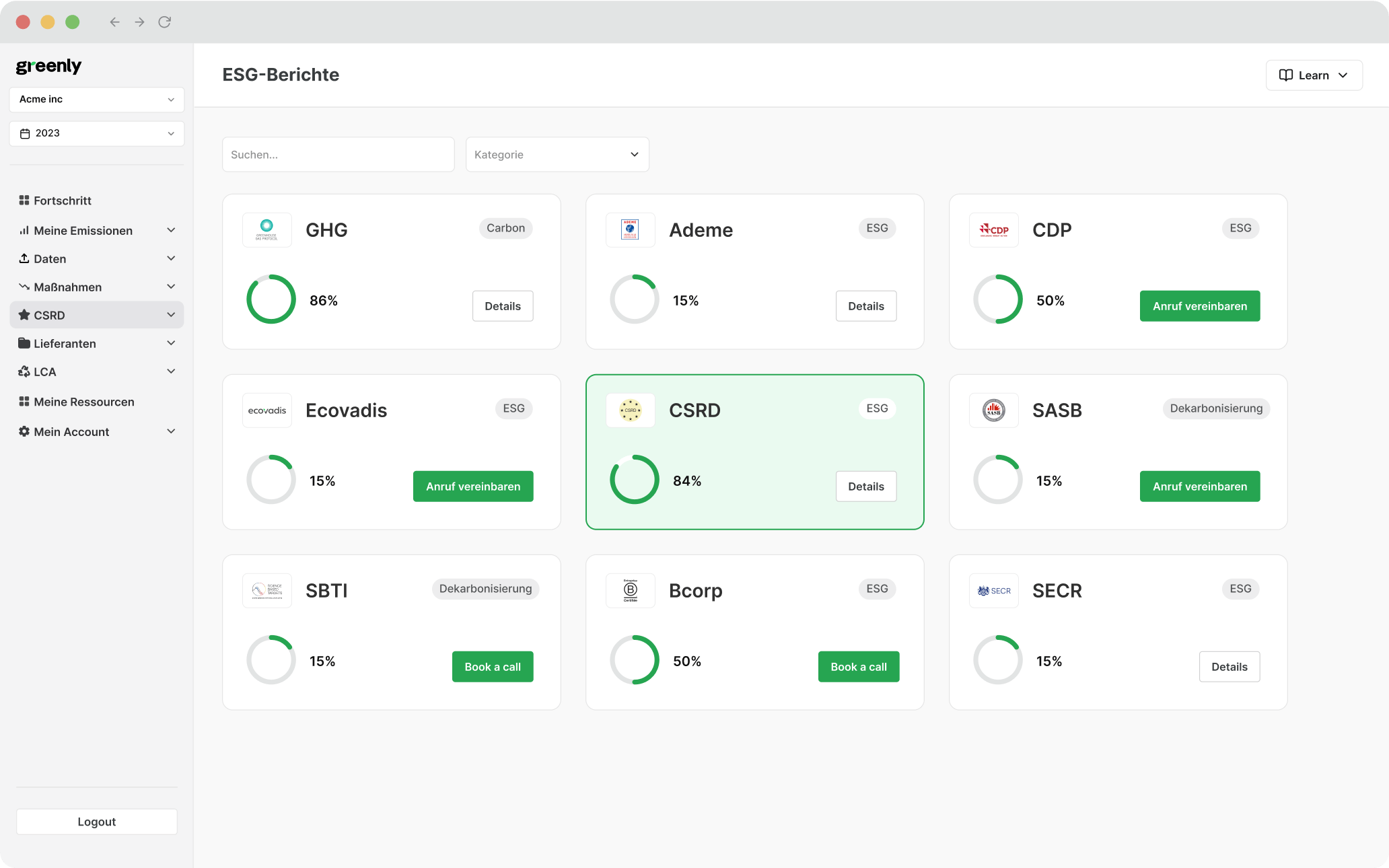ESG / CSR
Industries
What You Need to Know About Monsoon Season



For millions of people around the world, the monsoon season is more than just a weather event - it’s a lifeline. These seasonal rains bring water to dry lands, sustain agriculture, and refill the reservoirs that entire communities depend on. But as our climate changes, so too do the rhythms of the monsoon.
- What causes monsoon season and why it matters
- How monsoons vary around the world
- The science behind monsoon systems and their link to global climate
- The growing influence of climate change on monsoon behaviour
- What governments, communities, and companies can do to adapt and build resilience
What is Monsoon Season? An overview
Monsoon seasons vary greatly by region. In South Asia, for example, the monsoon rains typically start in June and last until September, bringing over 70% of the region’s annual rainfall. Meanwhile, East Africa’s “long rains” occur from March to May, followed by shorter rains in October and November. Each region’s monsoon season has its own timing and intensity, influenced by geography, elevation, and proximity to the ocean.
Key monsoon seasons across the world:
South Asia
Monsoon Season: June to September
Characteristics: Characterised by heavy, sustained rainfall; brings 70–80% of annual rainfall to countries like India and Bangladesh.
Benefits: Vital for agriculture, particularly rice and tea crops; replenishes water reserves.
Risks: Flooding, landslides, and infrastructure damage due to intense rain; affects urban areas.
What drives the monsoon season?
Monsoons are complex climate phenomena that result from the interactions between land, ocean, and atmospheric systems. While many people associate monsoon season with heavy rain, monsoons are primarily defined by seasonal shifts in wind patterns. This shift, driven by temperature differences between land and ocean, brings moist air from the sea to land, resulting in significant rainfall.
What’s the difference between monsoons and tropical storms?
Monsoons, hurricanes, typhoons, cyclones, and tropical storms are all weather phenomena, but they aren’t the same thing.
- 📖 Definition: A seasonal shift in wind patterns that brings prolonged rainfall over a wide region.
- 🔥 Cause: Driven by differences in heating between land and ocean, which create pressure gradients that draw in moist air from the sea.
- ⏳ Duration: Usually lasts weeks to several months.
- 💨 Wind Speed: A monsoon isn’t a single storm system but a broader climatic pattern.
- 🌧️ Effect: Sustained rainfall, supporting agriculture, replenishing water sources, and regulating ecosystems.
- 🗺️ Location: Common in South Asia, Southeast Asia, Africa, and parts of the Americas.
- 🌀 Named Storm? No — monsoons are not individually named.
- 📖 Definition: Rotating low-pressure systems that form over warm ocean waters and produce strong winds and heavy rainfall.
- 🔥 Cause: Formed due to warm sea temperatures (≥26.5°C), high humidity, and atmospheric instability.
- ⏳ Duration: Typically last a few days to a week.
- 💨 Wind Speed:
- Tropical storm: 39–73 mph (63–118 km/h)
- Hurricane/typhoon/cyclone: ≥74 mph (119+ km/h) - 🌧️ Effect: Intense but short-lived weather, including flooding, storm surges, and wind damage.
- 🗺️ Location:
🌪️ Hurricane: Atlantic & NE Pacific
🌀 Typhoon: Northwest Pacific
🌬️ Cyclone: South Pacific & Indian Ocean - 🌀 Named Storm? Yes — each storm is named individually once it forms.

Why is the monsoon season important?
Why monsoon seasons matter:
The dangers of monsoon season:
How does climate change impact the monsoon season?
Climate change is disrupting the timing, intensity, and reliability of monsoon rains, and the reasons are rooted in both ocean and atmospheric shifts driven by global warming.
What’s changing?
Monsoons depend on the seasonal contrast between land and ocean temperatures. Normally, as land heats up faster than the sea, rising warm air over continents draws in moist air from the ocean, resulting in monsoon rains.
But with climate change, this balance is being thrown off in several ways:
Climate change is altering monsoon behaviour across the globe, but the impacts differ by region. In some places, rainfall is delayed or diminished. In others, it's more intense and erratic - overwhelming infrastructure, damaging crops, and destabilising ecosystems. Below is an overview of how key monsoon regions are being affected:
| Region | Climate impact | Consequences |
|---|---|---|
|
South Asia
(India, Bangladesh, Nepal, Sri Lanka)
|
Delayed onset, shorter duration, and more intense rainfall events | Crop planning disrupted, flash floods damage farmland, increased heatwaves before rains |
|
East Africa
(Kenya, Ethiopia, Tanzania)
|
Unreliable “long” and “short” rainy seasons; alternating droughts and floods | Water scarcity, failed harvests, food insecurity, displacement from floods |
|
Southeast Asia
(Thailand, Vietnam, Philippines)
|
Increased intensity of typhoons and rainfall variability | Flooded cities, landslides in mountainous zones, strain on disaster response systems |
|
West Africa
(Sahel region)
|
Shorter rainy season and less predictable rainfall | Pasture degradation, reduced crop yields, conflict over water and land resources |
|
Amazon Basin
(Brazil, Peru, Colombia)
|
Delayed and shorter wet season, longer dry spells | Forest stress and increased fire risk, altered river flow patterns |
|
Australia & Pacific
(Australia, island nations)
|
Erratic monsoon cycles and more frequent La Niña/El Niño effects | Droughts, crop loss, disrupted traditional fishing/agriculture cycles |
A surge in extreme weather
Climate change is fuelling more intense and unpredictable events during the monsoon season:
These extremes are no longer outliers, they are fast becoming the new normal in many monsoon-affected regions.
Deepening economic and ecological fallout
For regions that rely on the monsoon, the stakes are rising. Unpredictable rains are undermining agriculture (the backbone of many local economies). Failed harvests not only threaten food security but also devastate rural incomes, pushing smallholder farmers into debt and deepening cycles of poverty.
In countries like India, rice and wheat yields have plummeted in recent years due to poor monsoons, with ripple effects across supply chains and national markets.
Water shortages compound the strain. Hydropower output falls, urban centres face rationing, and industries dependent on water are forced to scale back operations, disrupting jobs and local economies.
Meanwhile, ecosystems built around stable wet-dry rhythms are faltering. Wetlands dry out, forests suffer dieback, and migratory patterns shift - threatening biodiversity and weakening the natural systems that regulate climate, store carbon, and provide livelihoods.
Real-world examples: When monsoons turn dangerous
Extreme monsoon events are no longer rare; they’re becoming the norm. Across South Asia and East Africa, climate change is fuelling heavier rains, longer droughts, and more destructive floods. Below, we explore two recent disasters that illustrate the growing human and economic cost of a warming world.
Pakistan’s 2022 monsoon season was one of the most catastrophic in recent memory. Rainfall levels in August alone were more than three times the national average — with some provinces like Sindh and Balochistan receiving up to eight times their usual monthly totals.
- 33 million people affected
- 1,700+ deaths
- 1.7 million homes destroyed or damaged
- $30 billion in economic losses
- Thousands of kilometres of roads, croplands, and infrastructure wiped out
An international attribution study found that climate change likely made extreme rainfall during this monsoon 50% to 75% more intense — and possibly even doubled it in some regions. Vulnerable communities in flood-prone areas bore the brunt of the destruction, showing how rising temperatures are turning seasonal rains into humanitarian crises.
A surge of monsoon moisture led to torrential downpours across northern India, triggering flash floods and landslides in Himachal Pradesh, Uttarakhand, Punjab, and Delhi. In just four days, Himachal Pradesh received more than 300 mm of rainfall — over eight times the normal amount for that period.
- 100+ deaths
- Thousands displaced
- Major damage to roads, bridges, and homes
- Delhi recorded its wettest July day in 40 years
While attribution studies are ongoing, researchers point to a clear pattern: climate change is driving more intense and erratic rainfall across the Himalayan region. As rising temperatures increase atmospheric moisture, events like this are becoming more frequent — overwhelming both natural landscapes and human systems.
How can we build resilience to a changing monsoon season?
Building climate resilience in the face of shifting monsoon patterns means acting on two fronts: slowing climate change and adapting to new realities.
Mitigation: Tackling the root cause
To stabilise monsoon systems in the long run, global efforts must focus on reducing greenhouse gas emissions. This includes:
These actions won’t reverse monsoon shifts overnight, but they’re crucial to preventing further destabilisation.
Adaptation: Living with uncertainty
Even as we cut emissions, communities must adapt to increasingly erratic weather. This involves:
Resilient infrastructure
Upgrading stormwater drainage, reinforcing embankments, and flood-proofing urban systems.
Smart water management
Expanding rainwater harvesting, reservoir storage, and drought planning.
Sustainable agriculture
Diversifying crops, improving soil health, and switching to flood- or drought-resistant varieties.
Early-warning systems
Using tech to monitor rainfall and send alerts for floods, landslides, and cyclones.
Collective action
Adapting to the shifting monsoon season can’t be left to individuals alone. Climate resilience demands coordinated action from governments, businesses, and communities — especially in regions already feeling the effects. While there are encouraging examples of adaptation around the world, progress is still patchy and underfunded. To keep pace with accelerating risks, these efforts must be scaled up, supported, and replicated across vulnerable regions.
What's being done to adapt and mitigate to changing monsoon seasons globally?
| Who | Real-world action | Example |
|---|---|---|
|
🏛️ Governments
|
Investing in forecasting systems and climate risk mapping. | India’s National Monsoon Mission enhances seasonal prediction capacity to guide farming and disaster prep. |
|
🏙️ Cities
|
Upgrading infrastructure to withstand flooding and relocation of at-risk communities. | Jakarta is reinforcing embankments and improving urban drainage as part of its climate adaptation plan. |
|
🏢 Businesses
|
Integrating climate risk into supply chains and promoting regenerative agriculture. | Nestlé trains farmers to adopt water-saving and soil-health practices that increase climate resilience. |
|
🚜 Farmers & communities
|
Adopting drought-resistant crops and working with co-ops to manage shifting rain cycles. | In Kenya, smallholders supported by NGOs are switching to crops that thrive despite erratic rainfall. |
|
🌍 NGOs & coalitions
|
Funding infrastructure and adaptation initiatives in vulnerable regions. | The Global Center on Adaptation supports flood-resilient roads and water systems in Southeast Asia and Africa. |
How can Greenly help your company?
As climate change continues to alter monsoon patterns and increase the frequency of extreme weather events, businesses must adapt to new environmental realities.
Greenly is here to support companies on their journey toward more sustainable and resilient operations. By providing a suite of carbon management solutions, Greenly helps organisations understand and reduce their environmental footprint, preparing them to respond effectively to climate risks and regulatory pressures.
| Our climate services | What we help you achieve |
|---|---|
|
Carbon accounting
|
Track and analyse your Scope 1, 2, and 3 emissions with precision – giving you the data foundation needed for meaningful climate action. |
|
Life Cycle Assessment (LCA)
|
Get a full picture of your product or service’s environmental footprint – helping guide product design, sourcing, and innovation. |
|
Carbon management strategy
|
Set science-based targets, build decarbonisation roadmaps, and monitor progress over time with tailored dashboards and support. |
|
Supply chain engagement
|
Identify emissions hotspots in your value chain and work with your suppliers to boost sustainability and transparency. |
|
Compliance support
|
Stay ahead of evolving ESG regulations – including CSRD, the GHG Protocol, SBTi, and more – with expert guidance and up-to-date tools. |
Whether you're just getting started or scaling up your climate strategy, Greenly can support you every step of the way. Get in touch with us today to learn more.







